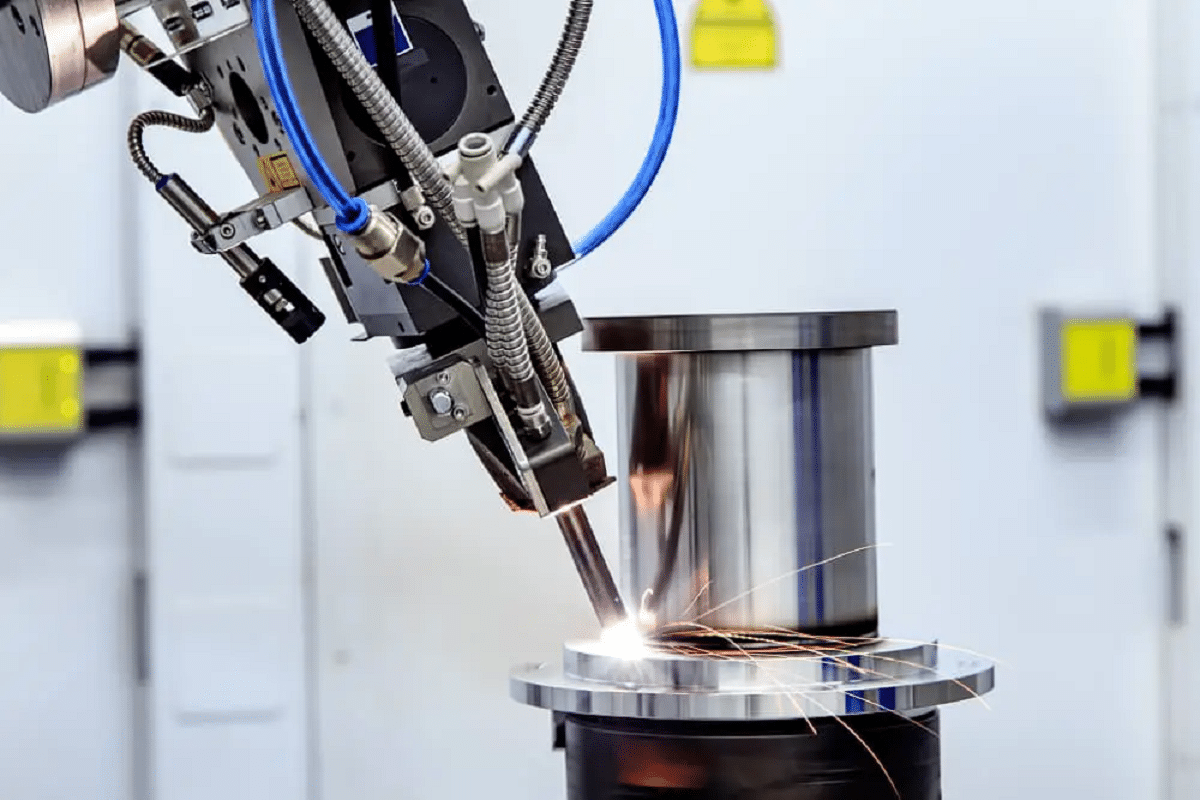Preventing Weld Undercut Made Easy: Key Techniques Unveiled
Preventing Weld Undercut Made Easy: Key Techniques Unveiled
Blog Article
A Comprehensive Overview to Identifying, Averting, and Repairing Undercut Welding Problems in Your Welding Projects
In the world of welding, encountering undercut concerns is a common difficulty that can endanger the structural stability and total high quality of your welding tasks. Stay tuned as we check out the essential elements of recognizing, avoiding, and taking care of undercut welding troubles, offering you with useful understandings and strategies to raise your welding abilities to the following level.
Common Root Causes Of Undercut Welding
Undercut welding, a typical issue in welding procedures, can be triggered by different factors that require to be very carefully determined and resolved to ensure the stability of the weld joint. One of the main causes of undercut welding is extreme warmth input.
An additional common root cause of undercut welding is incorrect welding method. Inadequate control of the welding torch or gun, incorrect angle or range between the lantern and the work surface, or irregular traveling rate can all add to the formation of undercut. Additionally, utilizing the wrong welding consumables or electrode size for a particular joint configuration can cause undercut problems. Recognizing these source and executing corrective steps is vital in avoiding and remedying undercut welding problems in welding tasks.
Identifying Undercut in Welds

To determine undercut accurately, proper lighting and zoom tools are necessary to examine the weld joint completely. Using tools such as a welding gauge or a magnifying glass can aid in identifying even the smallest undercut blemishes. In addition, running a finger or a finger nail along the weld joint can in some cases expose undercut, as the surface area might feel unequal or have a dip where the undercut exists.
Preventative Measures for Undercut
Having a deep understanding of the causes of undercut in welds allows for the application of effective preventative actions to maintain weld top quality and honesty. These setups should be enhanced to protect against excessive warmth input, which can lead to undercut formation.

Techniques for Fixing Undercut

Increasing the welding present or reducing the traveling rate can help load in the undercut. Additionally, transforming the welding technique from a push to a drag or vice versa can additionally help lessen undercut.
Another method is to make use of a weaving motion while welding to guarantee correct sidewall fusion and fill in the undercut. By oscillating the welding arc back and forth within the weld joint, the welder can transfer a lot more filler material right into the undercut locations, efficiently removing the defect.
In addition, grinding out the undercut and rewelding the joint can be a practical remedy for more serious undercut concerns - Preventing weld undercut. This process involves eliminating the undercut area, preparing the base steel, and afterwards rewelding the joint with appropriate welding criteria and techniques to stop undercut from returning

Specialist Tips for Staying Clear Of Undercut
Making use of proper welding methods and keeping control over key welding specifications are essential techniques for welders aiming to protect against undercut in their weld joints. Additionally, selecting the appropriate welding process and filler steel for the details application can help protect against undercut. Maintaining a consistent travel speed during the welding process is another essential pointer to protect against undercut.
Conclusion
To conclude, recognizing, stopping, and taking care of undercut welding problems in your welding tasks is critical for making certain resilient and strong welds. Preventing weld undercut. By comprehending the common root causes of undercut, having the ability to determine it in welds, implementing safety nets, and using appropriate strategies for fixing undercut, you can prevent possible problems and develop premium welds. Complying with specialist suggestions for preventing undercut can aid you boost your welding abilities and my site produce better cause your jobs
Undercut welding, an usual problem in welding procedures, can be triggered by various variables that need to be meticulously identified and addressed to ensure the stability of the weld joint. Additionally, running a finger or a finger nail along the weld joint can in some cases expose undercut, as the surface may feel uneven or have a dip where the undercut exists.
Using appropriate welding methods and preserving control over vital welding criteria are crucial strategies for welders intending to avoid undercut in their weld joints.In conclusion, recognizing, my review here stopping, and repairing undercut welding problems in your welding tasks is important for ensuring durable and solid welds. By understanding the usual causes of undercut, being able to recognize it in welds, executing important link preventative steps, and utilizing appropriate techniques for taking care of undercut, you can avoid prospective issues and produce top quality welds.
Report this page